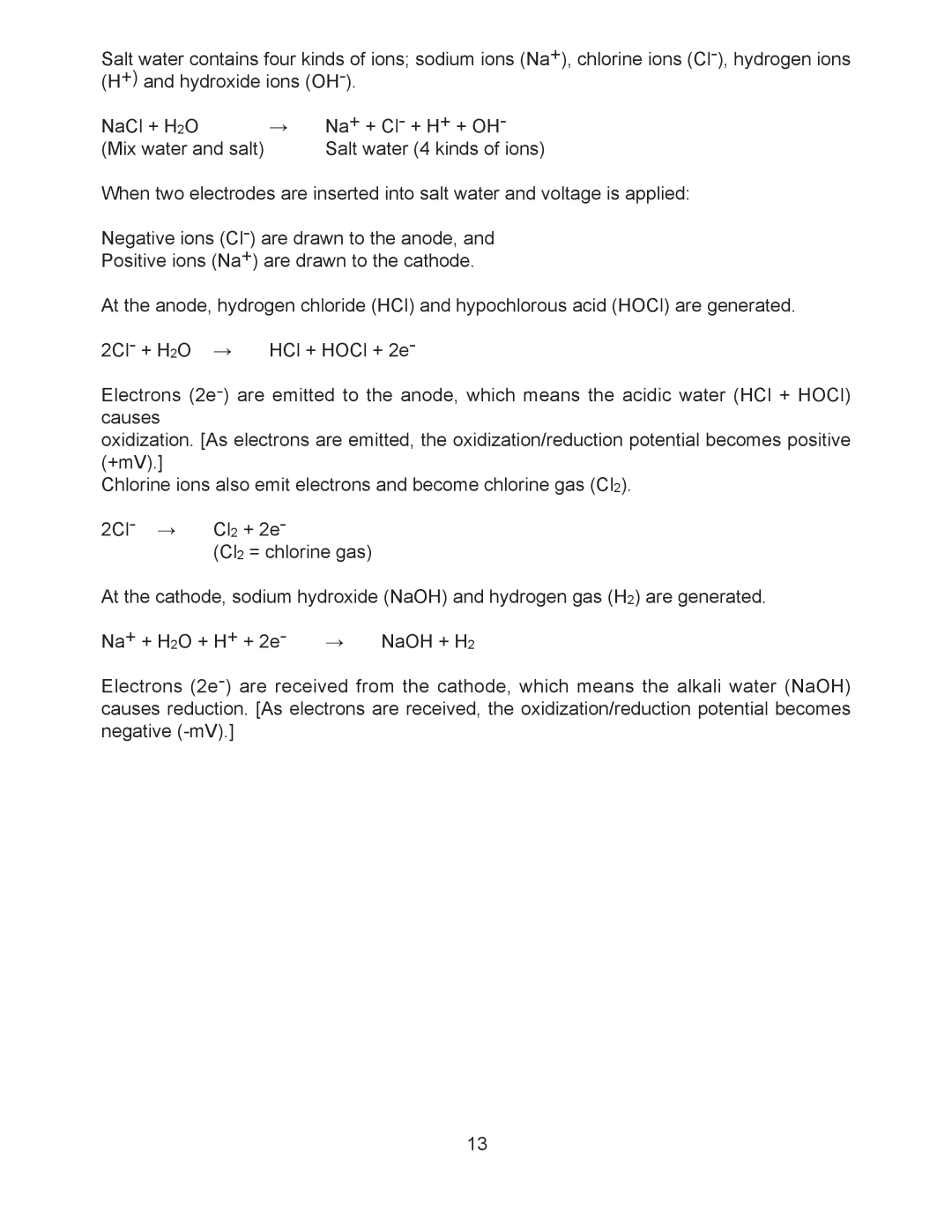ROX-20TB2-U specifications
The Hoshizaki ROX-20TB2-U is a highly efficient and reliable ice maker designed for commercial use, catering primarily to restaurants, bars, and other foodservice establishments. This model stands out in the market due to its innovative technologies, robust build, and advanced features that address the demanding needs of high-volume ice production.One of the primary features of the ROX-20TB2-U is its ability to produce an impressive amount of ice within a short period. Capable of generating up to 1,000 pounds of nugget ice in a 24-hour cycle, this machine ensures that businesses never run out of ice during peak service hours. The nugget ice produced is not only chewable but also ideal for quickly cooling beverages, making it a popular choice for cocktail bars and cafes.
In terms of construction, the ROX-20TB2-U is designed with durability in mind. The exterior is built from stainless steel, resistant to corrosion and wear, which makes it suitable for heavy-duty usage. The unit also features an ergonomic design that allows for easy access to components for maintenance and cleaning. This attention to durability assures long-term performance, minimizing downtime and repair costs.
One of the standout technologies employed in the Hoshizaki ROX-20TB2-U is its advanced air-cooled condenser. This system enhances efficiency while maintaining optimal performance, allowing for lower energy consumption compared to traditional ice makers. This eco-friendly aspect not only reduces utility bills but also aligns with sustainability goals that many businesses pursue today.
Another significant characteristic is the machine's user-friendly control panel. The intuitive interface allows operators to monitor production, adjust settings, and receive alerts for maintenance needs, making it easy to operate with minimal training. The built-in cleaning cycle feature further simplifies maintenance, ensuring that the ice produced is of the highest quality and free from contaminants.
Additionally, the Hoshizaki ROX-20TB2-U incorporates an advanced ice storage bin capable of holding up to 250 pounds of ice. This feature minimizes the need for frequent ice replenishment, ensuring that ice is readily available whenever needed.
Overall, the Hoshizaki ROX-20TB2-U is a top-of-the-line choice for those in the foodservice industry seeking reliability, efficiency, and quality in their ice-making equipment. Its combination of innovative technologies, durable construction, and ease of use makes it a valuable asset for any establishment that requires a continuous supply of ice.
